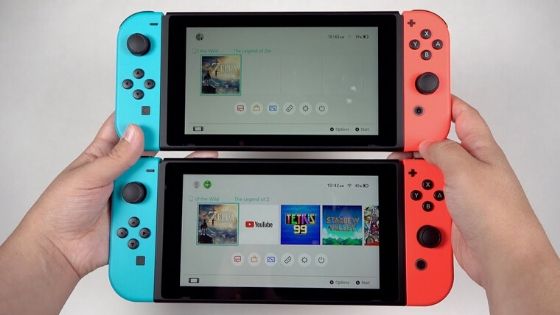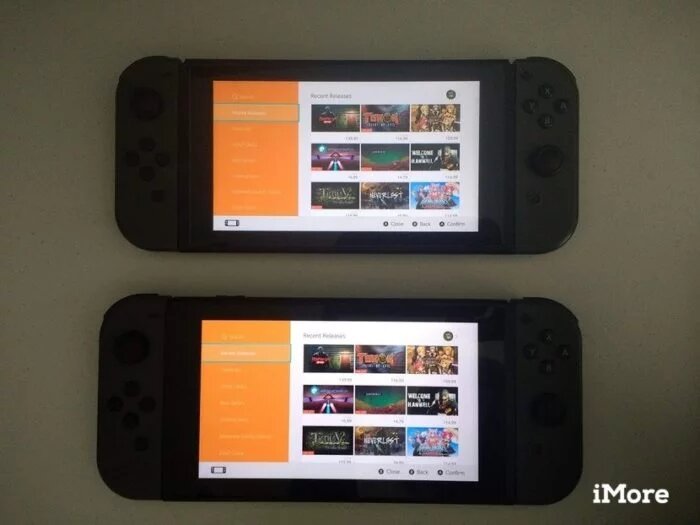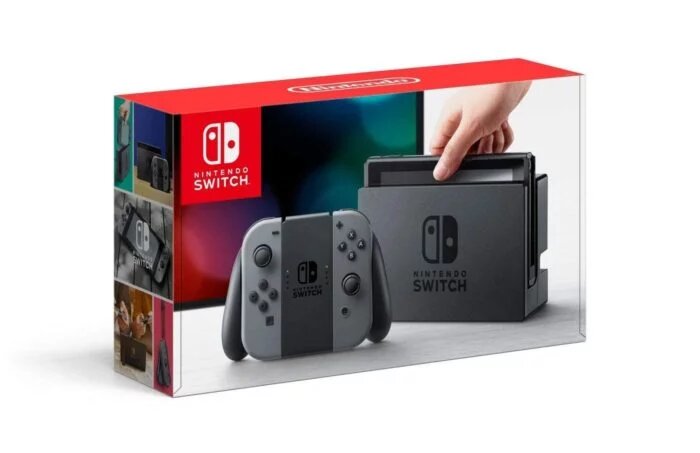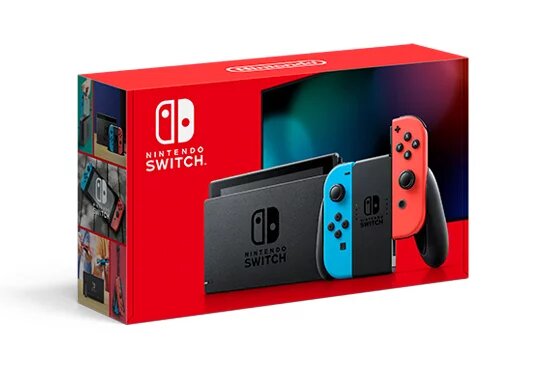The Switch is a 2017 console that still has a lot of life ahead. Proof of this is that in 2019 the console gained a smaller brother, the Switch Lite, in addition to the new Nintendo Switch, which was updated to provide more battery life for gamers.

The fact that it has a new Nintendo Switch and a “Lite” version in the middle of 2019, with its foot in the door of the next generation of Xbox and PlayStation, it seems that Nintendo still has plans for its console. So find out what are the differences between the two main models if you already have a Switch or want to buy a new one.
Why did the Nintendo Switch need to be reviewed?
When Nintendo announced Switch Lite, the promise was for a longer battery life than the main console – about four hours playing Zelda: Breath of the Wild versus 3 hours for the larger model.
A week later, the company unveiled the new version of Switch. Just to fix this: battery. The jump went from 3 hours to 5 hours and 30 minutes long when playing Zelda: Breath of the Wild.
In milder conditions (lighter games) the battery estimate is as follows:
| Product | Battery life |
| Nintendo Switch (2017) | 2.5 to 6.5 hours |
| Nintendo Switch Lite | 3 to 7 hours |
| New Nintendo Switch (2019) | 4.5 to 9 hours |
The new processor
What generated better battery life of the Nintendo Switch was not even the increased capacity of the component, which incidentally remained the same as 4,310 mAh. The improvement came from replacing other pieces of hardware with better power management.
The processing chip, for example, was replaced by the 16-nanometer Nvidia Tegra X1 T214 (formerly Tegra X1 T210), up from 20 nanometers from the previous one. This is a small upgrade that increases energy efficiency with no performance gains.
In addition to it, RAM and Flash storage have also been replaced. The whole set results in nearly three hours more battery life.
| Hardware | Nintendo Switch (2017) | Nintendo Switch (2019) |
| Chip | Nvidia Tegra X1 T210 | Nvidia Tegra X1 T214 |
| RAM memory | Samsung K4F6E304HB-MGCH 2GB LPDDR4 DRAM x2 (4GB) | Samsung K4U6E3S4AM-MGCJ 2GB LPDDR4x DRAM x2 (4GB) |
| Storage | Samsung KLMBG2JENB-B041 (32GB eMMC)Toshiba THGBMHG8C2LBAIL (32GB eMMC) | SK Hynix H26M62002JPR (32GB eMMC) |
Display
Although Nintendo has not officially confirmed the details (except for the extended battery life), some users have also noticed the change in screen of the new Switch.
The revised version has brighter and warmer colors while maintaining the same image resolution. There is no concrete information about the manufacture of the new panel. In fact, this has little or no impact on the user experience.

New Nintendo Switch (the one below) | IMore’s picture
You can feel the difference that you have with the two models (2017 and 2019) side by side. The warmer colors and brighter brightness will be noted quite easily in this case.
Joy-Cons have changed
The interior change of the new Joy-Cons models lies in the positioning of the Bluetooth antenna. Loss of connection is one of the issues users had with removable controls, which seems to have been fixed in this update.
However, the drift-related failure of the left analog – which causes the controller to record motion even without the user touching the joystick – seems to remain. But the repair is free even for out-of-warranty Joy-Cons.
The new version of the Removable Switch controls should not be an argument for console switching as they can be purchased separately from the video game.
The Switch Charges says there is a late change in the number of Japanese model Joy Con-old (starting with HAC and ending in C1 ) on the new ( HAC … C3 ). However, my Joy-Cons pair, which came in the 2017 model box, already had this new nomenclature.
How to Identify the New Switch Model
The easiest way to identify the new Nintendo Switch at the time of purchase is to compare the boxes. In the new version, the entire bottom of the packaging is red, while the 2017 has the bottom of the white box.

Nintendo Switch Case (2017)

New Nintendo Switch Box (2019)
Looking at the model number, in 2019 the “HAC-001 (-01)” is printed, while the former only “HAC-001“.
Is it worth trading now?
At first: no.
The only significant gain over the original model is battery life. There are no improvements in performance, screen resolution or audio quality.
Unless you are a portable mode player only, there is no point in considering switching now – perhaps having a Nintendo Switch Lite as a secondary console.
With info: Switch Charges, TweakTown, iMore.
